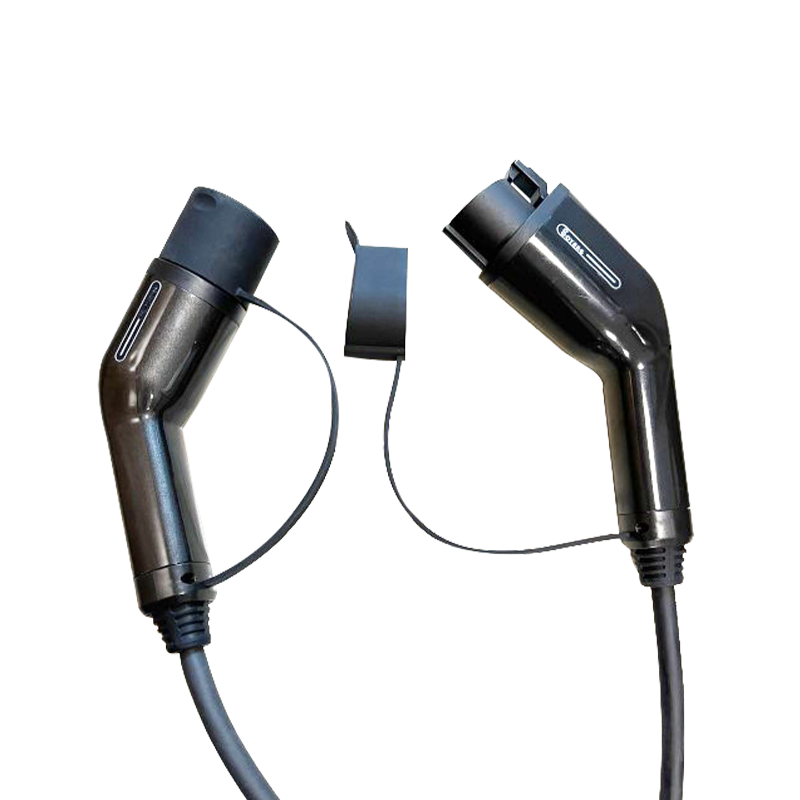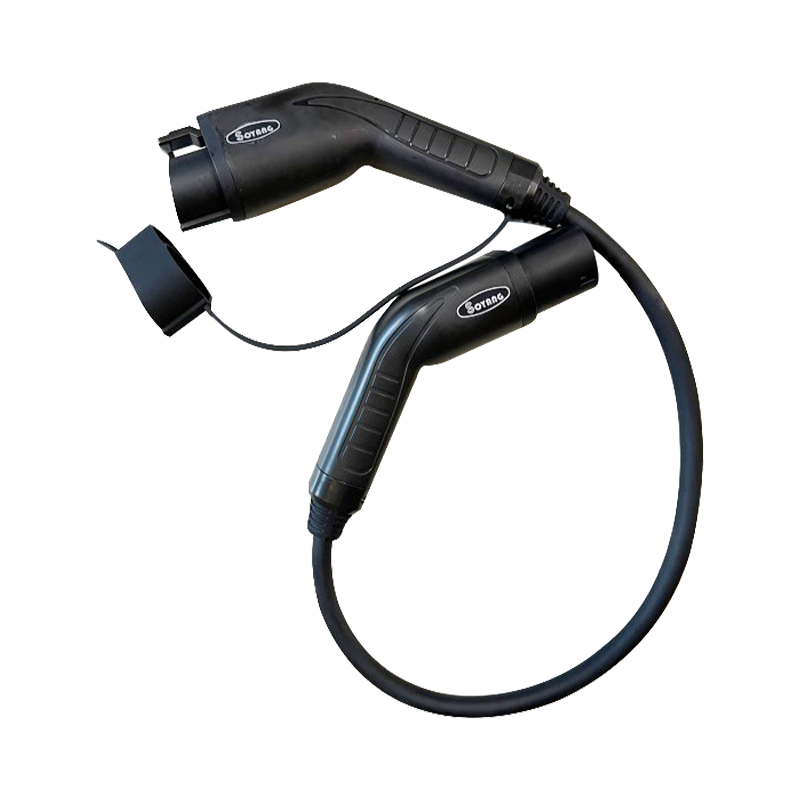What are the design requirements for the insulation layer of the industry extension cord
Industrial Extension Cord is an electrical product widely used in many fields such as industry, construction and agriculture. The design of its insulation layer is crucial. The insulation layer can not only effectively protect the conductor and prevent current leakage, but also ensure safety during use, thereby reducing the risk of accidents.
Material selection
High temperature resistant materials
The insulation layer of industrial extension cords must be made of high temperature resistant materials, such as polyvinyl chloride (PVC), polyolefin (PO) or thermoplastic elastomer (TPE). These materials can maintain excellent insulation performance in high temperature environments and avoid insulation failure caused by temperature rise. In industrial environments, high power operation of equipment is often accompanied by high temperatures, so the heat resistance of insulation materials is particularly important.
Low temperature resistant materials
In addition to high temperature resistance, the insulation layer must also have good low temperature resistance. In cold environments, insulation materials may become brittle and hard, resulting in insulation failure. Therefore, it is crucial to select materials with good flexibility and low temperature brittleness resistance to ensure the normal use of extension cords under low temperature conditions.
Chemical corrosion resistance
In some industrial environments, extension cords may come into contact with oils, solvents and other chemicals. Therefore, the material of the insulation layer needs to have good chemical corrosion resistance to resist chemical corrosion, thereby extending the service life of the product.
Insulation layer thickness
Appropriate insulation thickness
The thickness of the insulation layer directly affects its insulation performance. According to different voltage levels and use environments, the thickness of the insulation layer needs to be reasonably designed. Generally, extension cords with higher voltages require thicker insulation layers to ensure sufficient electrical insulation strength.
Standards and specifications
When designing the thickness of the insulation layer, relevant national and international standards must be followed, such as the provisions of the International Electrotechnical Commission (IEC) and Underwriters Laboratories (UL). These standards specify the insulation layer thickness requirements for different voltage levels and application environments to ensure the safety and reliability of extension cords.
Physical properties of the insulation layer
Insulation resistance
Insulation resistance is an important indicator for evaluating the performance of the insulation layer. It is usually required that the insulation resistance value should be greater than 1MΩ under certain conditions. High insulation resistance can effectively prevent leakage and ensure the safe operation of the equipment.
Withstand voltage test
The insulation layer needs to undergo a withstand voltage test during the design stage to ensure that it can withstand a certain voltage without breakdown. The standard for withstand voltage testing is usually set according to the rated voltage of the cable to ensure that electrical faults are effectively prevented in actual use.
Tensile strength and flexibility
The tensile strength and flexibility of the insulation layer are also important factors that cannot be ignored in the design. Insulation layers with high tensile strength can withstand certain stretching and bending without breaking easily, while materials with good flexibility can maintain stable performance in various environments and avoid insulation failure caused by physical damage.


 English
English русский
русский 中文简体
中文简体 Español
Español













